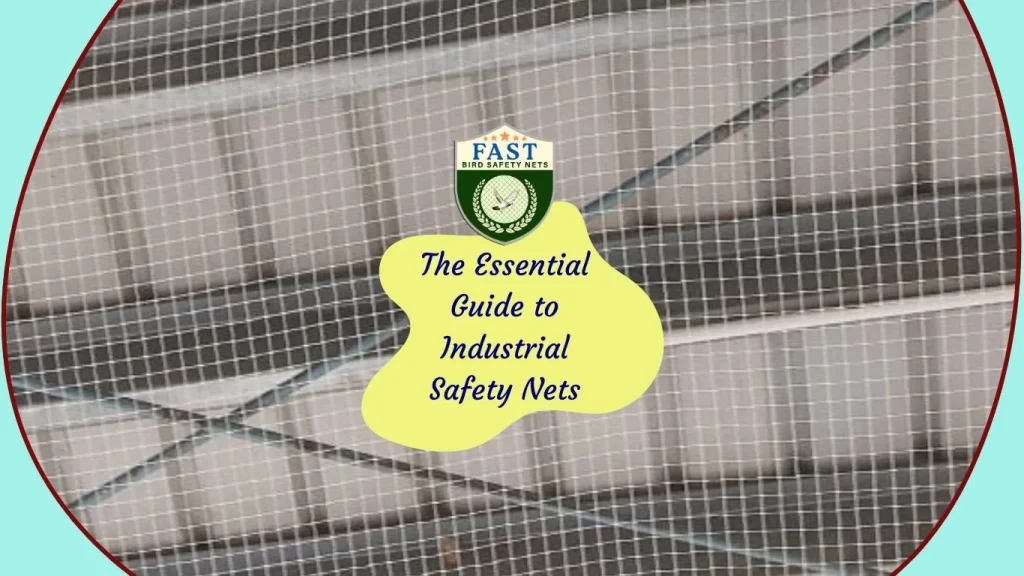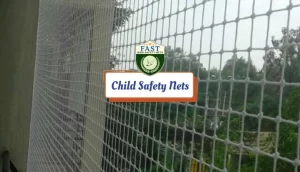In any industrial setting, safety is paramount. From Factories to warehouses, the risk of accidents is always present. This is where industrial safety nets play a crucial role. These nets act as a protective barrier, preventing falls and ensuring the well-being of workers and property. In this guide, we will explore the importance of industrial safety nets and provide essential information on their types, installation, and maintenance.

Importance of Industrial Safety Nets:
Industrial safety nets are designed to minimize the risk of falls from heights, which are a leading cause of workplace injuries and fatalities. By providing a reliable barrier, safety nets protect workers, equipment, and bystanders below. They also help companies comply with safety regulations and standards, avoiding costly fines and legal liabilities.
Types of Industrial Safety Nets:
There are several types of industrial safety nets available, each designed for specific applications:
- Fall Arrest Nets: These nets are designed to catch falling objects or workers, minimizing the impact and preventing serious injuries.
- Debris Nets: Used primarily in construction sites, debris nets prevent materials and debris from falling and causing harm to workers or pedestrians below.
- Personnel Safety Nets: Safety nets are installed horizontally or vertically to protect workers from falls while working at heights. They are commonly used in construction and maintenance activities.
- Bird netting for industrial use: Industrial Bird Netting effective barrier against avian pests, safeguarding machines and facilities from damage and contamination.
- Barrier Nets: Barrier nets create a protective barrier around hazardous areas, such as open pits or machinery, to prevent unauthorized access and accidents.
Installation and Maintenance:
Proper installation and maintenance are essential for ensuring the effectiveness of industrial safety nets. Here are some key considerations:
- Professional Installation: Safety nets should be installed by trained professionals who follow manufacturer guidelines and industry standards.
- Regular Inspections: Routine inspections should be conducted to check for any damage, wear, or degradation of the nets. Damaged nets should be repaired or replaced immediately.
- Cleaning and Repairs: Nets should be kept clean and free from debris to maintain their integrity. Any repairs should be carried out promptly by qualified personnel.
- Training and Awareness: Workers should receive adequate training on the proper use and maintenance of safety nets. They should also be aware of potential hazards and how to avoid them.
In conclusion, safety nets for industries are an essential component of workplace safety. By providing a reliable barrier against falls and accidents, these nets protect workers and property, ensuring a safe and productive environment. Proper installation, maintenance, and training are crucial for maximizing the effectiveness of safety nets and preventing workplace injuries.






